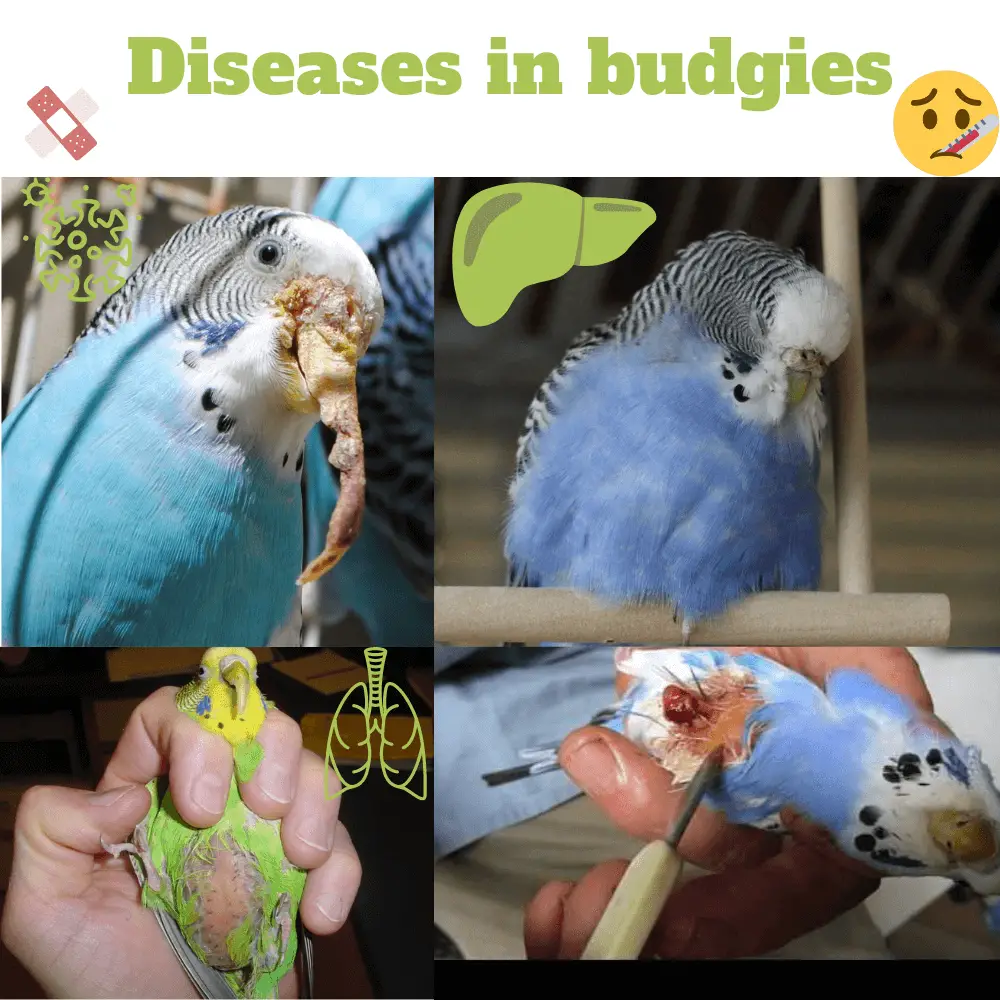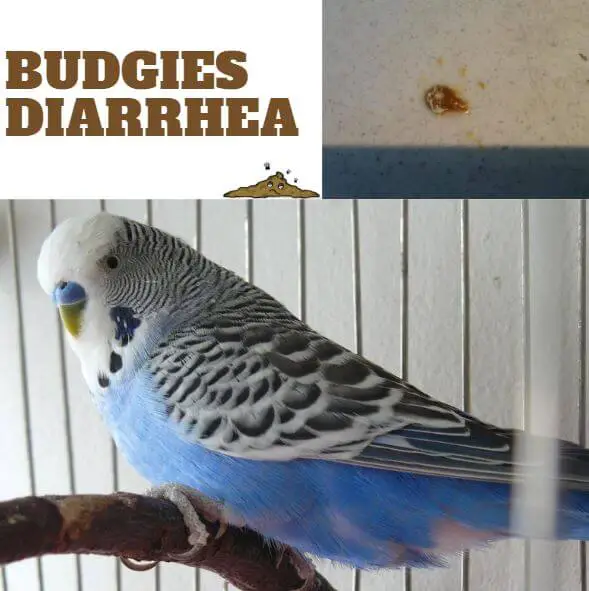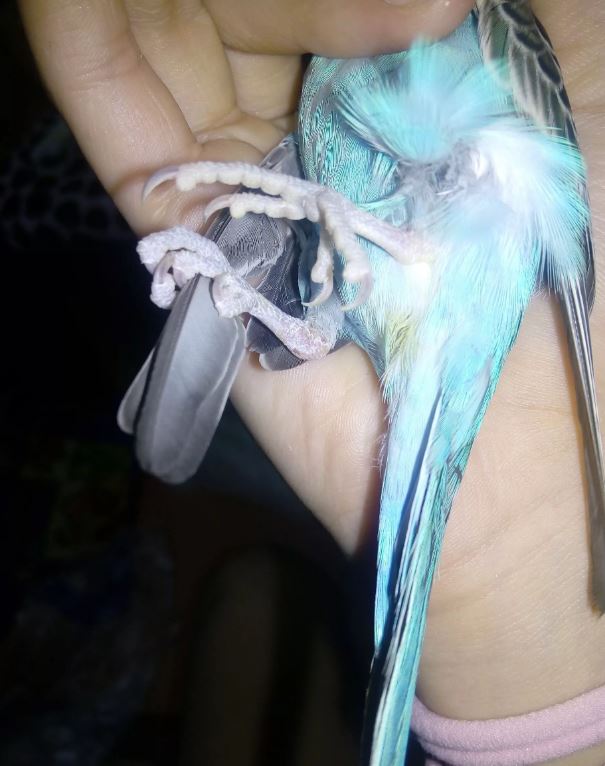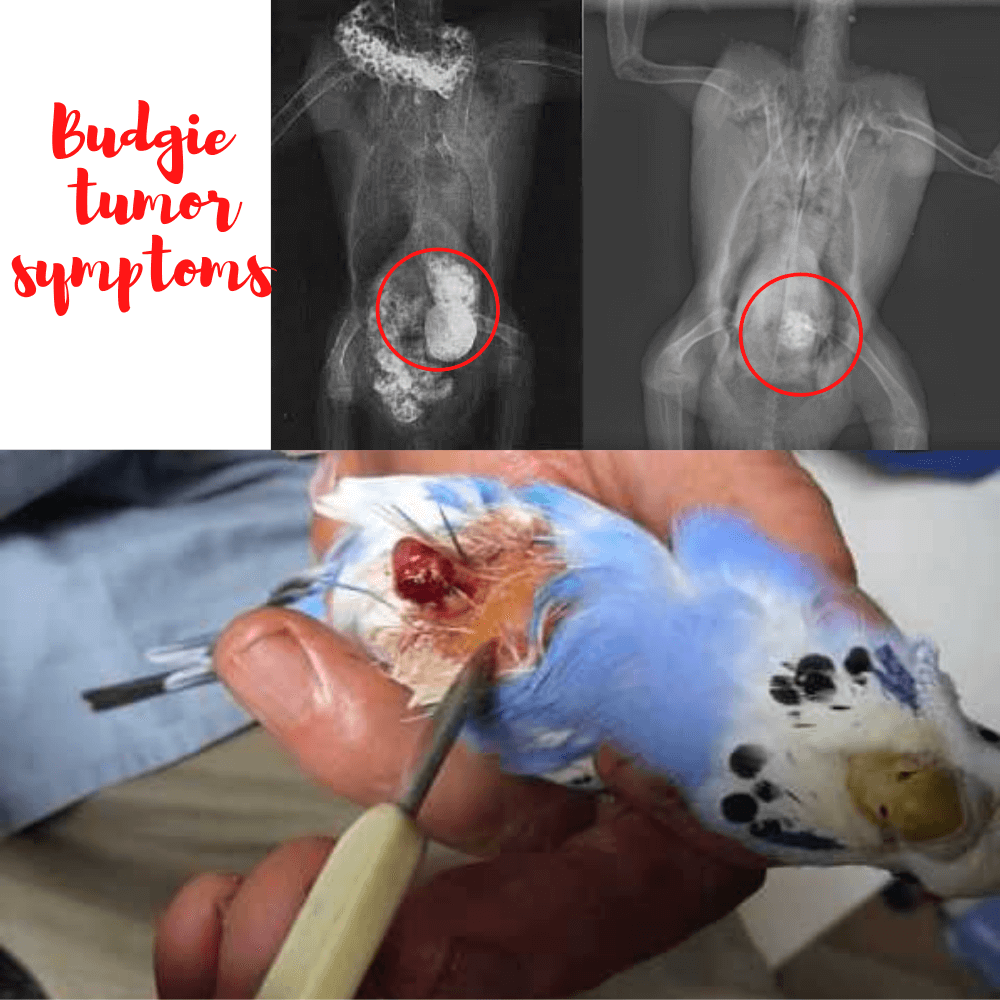
Diseases in budgies: The life expectancy of a budgerigar often reaches 7 to 10 years, or even more; indeed, it is rather hardy, provided that certain requirements for its food and its environment are respected (hygiene of the cage, absence of drafts, etc.) mentioned in the previous article, it is not particularly brittle.
The first signs of illness are generally very discreet, and it is common to miss them. Unfortunately, the evolution is then often rapid and severe. A short review of the most frequently encountered diseases and conditions in budgies:
Fat budgies

liver disease in budgies symptoms
It is quite common and due to a poor diet: an “all-grain” diet low in protein, aggravated by the sorting that the animal can do, but also by the lack of physical exercise if the cage is too cramped.
Among the signs observed: the animal sleeps a lot, seems out of breath; he sings little, his coat is dull, the abdomen may be distended, and diarrhea may be present.
A too rich and unbalanced diet leads to fatty overload of the liver, with hepatitis and pancreatitis. In the long term, evolution is often fatal.
Iodine deficiency in budgies

Very often associated with an “all-grain” diet and/or obesity. The hypothyroid bird has a goitre that compresses the trachea and esophagus, causing respiratory problems and regurgitation. The animal is emaciated, the plumage is often pitted, and the molt is abnormal (no regrowth of feathers).
Budgies Diarrhea

how often do budgies poop
They are often linked to food (badly fermented seeds, badly washed vegetables, and greenery, sudden change in food, too cold drinking water, etc.) or to the environment (poor hygiene of the cage and accessories).
Articular gout

Diseases in budgies
It is caused by a deposit of uric acid in the joints and is linked to a diet that is too rich in protein (table scraps, egg-based pâtés, etc.), or to overeating.
The joints of the legs are hot, swollen, and painful, and may even become deformed. The bird has difficulty perching or flying.
Budgie Parasites

It is a parasitic disease caused by a mite Cnemidocoptes pilae, which often begins with the formation of whitish crusts at the base of the beak. The wax takes on a spongy appearance, and the beak may become deformed. At the same time, the bird scratches a lot and loses feathers at the level of the neck.
Subsequently, the disease affects the legs: the scales rise and scabs form, as well as excrescences which are the cause of lameness. Often the disease occurs following a drop in immune defenses or stress or even a nutritional deficiency.
Budgie tumor symptoms

Diseases in budgies
There are many types; some are benign, such as lipomas (common in obese animals) or xanthomas (yellowish nodules or plaques appearing on the wings).
Others are more troublesome: kidney or testicular tumors can lead to abdominal distension or be the cause of leg paresis, by compression of the sciatic nerve.
In the event of a testicular tumor, a feminization syndrome can sometimes be observed: the wax of the male becomes brown. In addition, internal tumors are often associated with fatigue, weight loss, and anorexia.
This list is not exhaustive, but it appears that a correct and balanced diet, good hygiene of the cage and accessories, and a favorable and serene environment are important factors in the prevention of the most common pathologies.
In the event of a suspicious sign on one or more individuals, do not hesitate to seek advice from your veterinarian! To take your bird for consultation, preferably place it in a small transport box to prevent it from knocking against the bars of its cage in a panic.
11 common budgie diseases • symptoms
SOURCE: Denny the Budgie




















